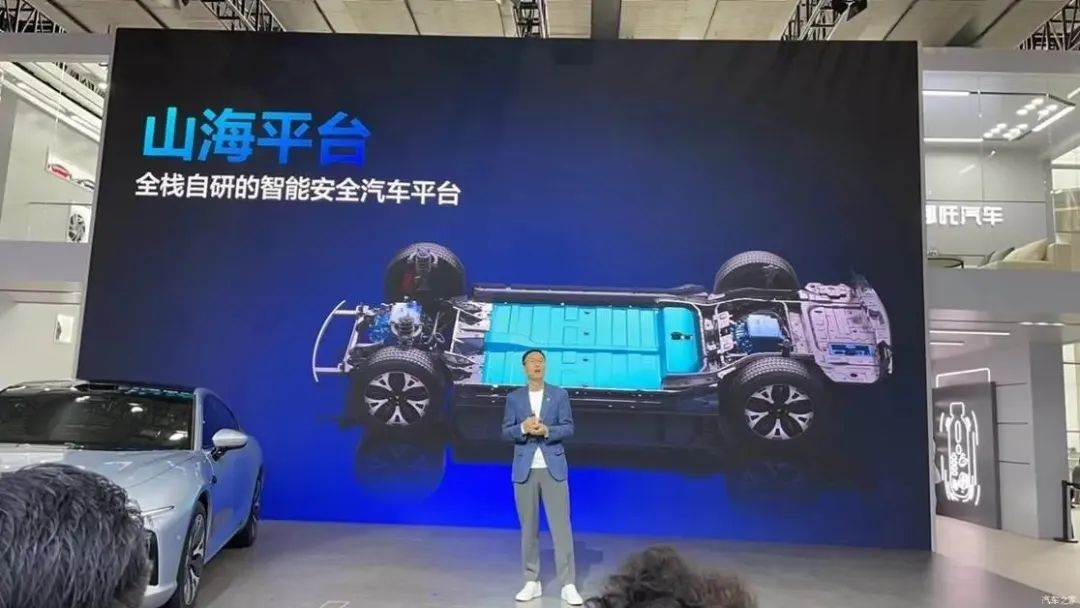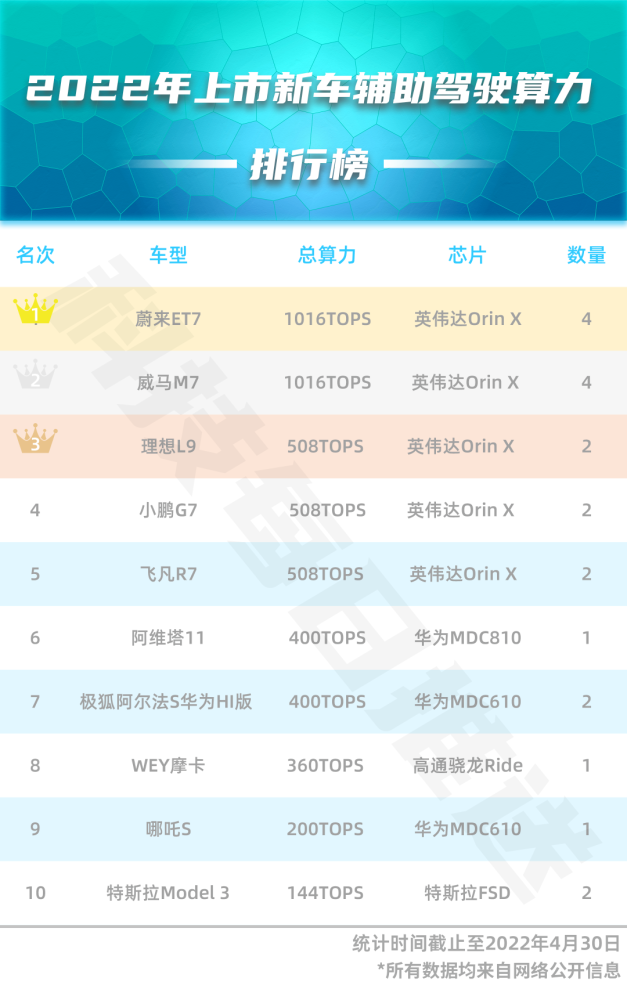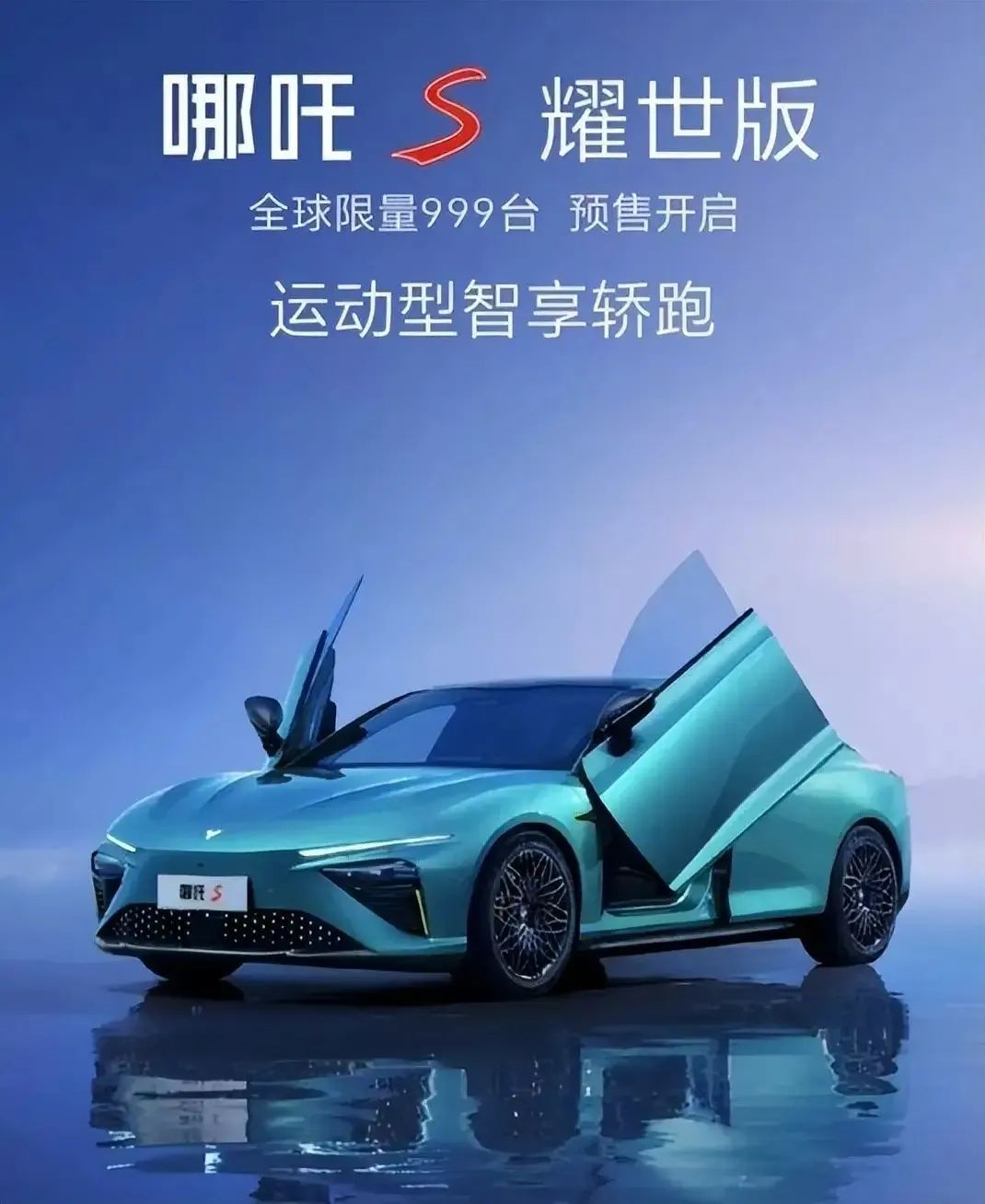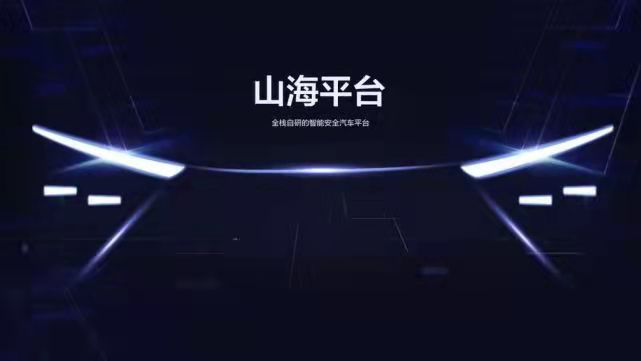Author: Ella
The slogan promoted by NETA Shanhai platform is technological equality, which means affordable and inclusive technology that maintains cutting-edge quality. However, in the current environment of many new carmakers engaging in a price war, the question remains whether customers truly receive both reasonable prices and value for their money. That is why technology must speak for itself.

The concept of car platforms was first proposed by Volkswagen to improve the efficiency of automobile production. Nowadays, major car companies generally use it. Early car platforms mainly focused on chassis technology continuity and the continuous development and improvement of product families. Modern car platforms emphasize a modular production philosophy and method. In other words, all technologies used in car design are adopted as a whole and developed into a modular design, which greatly shortens the development cycle and improves the quality and stability of automobile product families. This is also a major characteristic of the current transformation of the automotive industry into consumer electronic products.
Therefore, car platforms are stable and universal, often determining an enterprise’s ten-year technical route and product style and forming the basis of car model development. By understanding car platforms, one can pre-emptively grasp the technology direction and product design of the car brand in the next few years.
The NETA Automotive Shanhai platform was developed around four dimensions: high safety, high expandability, high intelligence, and environmental friendliness. The following will demonstrate and analyze each dimension respectively.
High expandability
The automobile chassis is the key to showing whether a car’s foundation is good or not. A car’s performance is reflected not only in speed but also in stability and control during turning.
The Shanhai platform for NETA cars uses a double-wishbone and five-link suspension design developed in collaboration with Porsche. Double-wishbone refers to the top and bottom two arms of the suspension structure. When the wheel turns, both arms can absorb the lateral force the tire receives, and the support only carries the vehicle’s weight. Therefore, this structure has high lateral stiffness, can provide better lateral support, and helps the car have better control during turning. This is also why most sports cars use a double-wishbone suspension structure.
The five-link structure is one of the multi-link suspension structures and currently has the most linkages. The more linkages there are, the greater the suspension performance potential. Compared to the three-link and four-link used by most models, the five-link can better ensure driving comfort. When the vehicle turns, it forms positive caster angle on the rear wheel, improves vehicle control performance, and reduces understeering.
Therefore, the double-wishbone and five-link suspension design can ensure very high safety and stability of the car during turning. Under the framework of a double-wishbone and five-link suspension, the Shanhai platform’s elk test can exceed 80 km/h, while most mainstream models are between 70 km/h to 80 km/h.Meanwhile, Shanhai platform also supports air suspension system. The so-called air suspension system adopts air shock absorbers as suspension. Compared with traditional steel suspension systems, air suspension system adjusts through air pumps for more comfortable driving experience on the road. Additionally, Shanhai platform can achieve some higher-end functions, such as adjusting the vehicle height. When the car is driving at high speeds, lowering the body can lower the center of gravity to obtain better stability. When encountering rough terrain and obstacles, raising the body can make it easier to pass. Additionally, adjusting the stiffness of the suspension can also be achieved, such as adjusting the suspension to become harder when driving at high speeds, or softer when driving at low speeds to help reduce shock and improve driving comfort.
In terms of straight-line performance, Shanhai platform adopts dual-motor four-wheel drive, with peak power exceeding 500kW and a top speed of zero to one hundred kilometers in less than 2 seconds. Tesla, which has been pursuing high acceleration, has a zero to one hundred kilometers acceleration time of 1.9 seconds in the upcoming Tesla Roadster 2, while the production-ready NIO EP9 is 2.7 seconds. Therefore, the performance of zero to one hundred kilometers acceleration in less than 2 seconds is definitely the king of performance, comparable to a supercar. However, it raises concerns about whether the actual production of Shanhai platform, which has maximized performance in all aspects, will result in corresponding sacrifices in other areas. This requires further data verification.
In terms of size, Shanhai platform can cover wheelbase sizes of 2750mm-3100mm, covering A-C level cars. The available drive forms include front-wheel drive, rear-wheel drive, and four-wheel drive. The power form includes pure electric and extended range. The first landing product of Shanhai platform, NETA S, has a pure electric version and an extended range version for users to choose from. It can be seen that Shanhai platform is highly compatible in terms of vehicle models and has great expandability.
It is also understood that the Shanhai platform has a high component commonality of up to 80%, shortens R&D time by 8 months, and can help save 30%-40% of development costs. This means that in the actual later production stage, NETA Motors can quickly develop and launch different car models.
Highly Intelligent
The intelligentization of automobiles is an essential direction for the development of electric vehicles. The electronic and electrical architecture of an automobile is equivalent to its brain and nervous system, and is a key element of automotive intelligence.In traditional automobiles, a distributed Electronic Control Unit (ECU) architecture is commonly used, and communication between various ECUs is achieved through CAN or LIN buses based on predefined communication protocols. However, in the era of intelligent connected vehicles, as the number of ECUs exceeds a certain threshold, a significant increase in the number of CAN or LIN bus harnesses is inevitable. These harnesses not only increase weight and cost but also bring complexity to the entire automotive electronics system and reduce design flexibility, hindering the further development of intelligent connected vehicles.
Therefore, to reduce the complexity of intermediate information exchange, the current trend of electronic architecture is shifting from distributed ECUs to centralized ECUs and generating a transitional phase called (cross) domain centralized. The so-called (cross) domain centralized refers to the integration of multiple scattered ECUs into a more powerful Domain Control Unit (DCU) according to their functions.
5-domain architecture introduced by Hillsea Platform in 2020 is an example of this approach, which is divided into 5 domains: cockpit domain, intelligent driving domain, body domain, power domain, and AI domain. Later, based on these 5 domains, Hillsea Platform further integrated them into three regional platforms: intelligent driving platform, intelligent control platform, and intelligent cockpit platform in 2022 to further enhance the integration among modules.
By 2025, Hillsea Platform is expected to achieve and release the central centralized electronic and electrical architecture, namely the so-called 1 Central, which combines the central computing center and the cloud-scale supercomputing platform to achieve seamless integration of vehicle and cloud, and has certain artificial intelligence capabilities for lifelong learning.
Currently, another key focus of intelligent vehicle development is autonomous driving technology.
Hillsea Platform is equipped with six LiDARs and the NETA OS vehicle system, providing 1000TOPS computing power, which can achieve intelligent assisted driving on high-speed, low-speed, and urban roads. This configuration is also very high in the industry.
According to the “Classification of Automotive Driving Automation” published by the Ministry of Industry and Information Technology in 2020, autonomous driving technology is divided into five levels, where levels 1-2 are assisted driving, level 3 is a transitional phase, and levels 4-5 are autonomous driving. The current level of technology is mainly at levels 2-3.TOPS stands for Tera Operations Per Second, which represents the number of operations that can be performed per second and is used to measure the computing power of autonomous driving. The higher the computing power, the higher the level of intelligence and the faster the speed of iteration and product updates for developers. According to analysis, at least 100 TOPS of computing power is needed to achieve Level 3 assisted driving, while Level 5 autonomous driving requires hardware equipped with lidar and at least 1000 TOPS of computing power.
According to the 2022 new car computing power ranking for cars on the market, NIO ET7 and WM Motors M7 are the only two models that are equipped with four NVIDIA Orin X chips with computing power exceeding 1000TOPS.

The NETA Shanhai platform has also made great efforts in energy saving and reducing energy consumption. Its use of a ten-in-one electronic control module reduces the weight of the battery and chassis system by more than 20%, reduces the volume by 30%, and keeps the power consumption at 12kwh per hundred kilometers.
In addition, to address the issue of greatly reduced driving range during the winter, the Shanhai platform has developed a high-integration water-source heat pump integrated thermal management system that can operate in severe cold environments of -18℃.
Nowadays, the driving range of electric vehicles often drops by nearly half in winter. With the use of this heat pump technology, the heat pump can be used for heating above -18℃, which will greatly save electricity and improve the winter driving range by 20%, greatly alleviating the driving range anxiety of users in the northern regions during the winter.

NETA S is the first model based on the Shanhai platform, a digital electric sports car, and the S Prime edition has now started pre-sales.
In terms of hardware configuration, NETA S uses the 200 TOPS computing power Huawei MDC computing platform and is equipped with 3 lidar, 5 millimeter-wave radar, 12 ultrasonic radar, 13 cameras, high-precision positioning units, high-precision maps and other sensing units, which can achieve Level 4 autonomous driving.
In addition, high security is also a highlight of this car on the Shanhai platform, achieving breakthroughs in passive safety, information data security, functional system security and battery safety.In terms of passive safety, the NIO ES6 employs laser welding technology to create a one-piece door ring through thermal molding. The vehicle body torsional stiffness is > 30000Nm/°, and the body lightweight coefficient is less than 2.2. Even under the 25% offset collision standard of China New Car Assessment Program, it can still achieve a Level G (Excellent) standard.
In terms of information and data security, the NIO ES6 is equipped with the 360 automotive security brain to protect the data security system of the entire vehicle, which is also the first application in the industry. In terms of functional system security, the NIO ES6 employs triple redundancy design with perception redundancy, actuator redundancy, and controller redundancy to achieve dual protection. As for the safety of the battery system that most concerns consumers, the NIO ES6 employs both passive and active battery safety protection systems to maximize safety.
Electric Power Has Something to Say
It is expected that by 2025, NIO will invest a cumulative R&D fund of 10 billion yuan into the NIO platform. For a traditional new energy vehicle company, this decision can be considered bold, and it indicates NIO’s firm upward development strategy. From the information and data disclosed so far, the NIO platform is overall in an excellent level in the industry, but the specific situation still depends on the landing situation. The NIO ES6 is the first product of the NIO platform and is also the masterpiece of NIO’s brand. We will continue to monitor its performance.
This article is a translation by ChatGPT of a Chinese report from 42HOW. If you have any questions about it, please email bd@42how.com.
